The River Birch tree is a deciduous tree with year-round interest. On young trees, the cinnamon-brown bark curls away to reveal a creamy to warm brown inner bark. As the tree matures, the bark becomes less showy and develops a thicker bark that appears grayish brown with darker brown spots. It takes a few years for the tree to become old enough to start peeling away. The leaves emerge each spring and retreat each fall. They are glossy green with a slight tooth and about 2 in. to 3 in. L. This foliage is often eaten by deer and other foliage grazing animals. It produces long tendrils of seeds in the spring, which songbirds love. The River Birch Tree is hardy in USDA Zones 4-9. It can be planted in full sun to part shade. It's tolerant of most soil types. This tree is known for being found near water features, but it can be grown in any location that receives 4-hours to 6-hours of sun. Water your tree 2-times to 3-times per week after planting to help it develop deep roots and spur its growth. Fertilize in the spring with a balanced nitrogen-rich fertilizer to promote new growth. River Birches do well when planted along driveways, planted in clusters to create more shade or can be used as feature plants. They need 20 plus feet between plantings. These trees should be spaced to allow them to mature and show off their wonderful forms.
Deciduous tree with glossy green foliage that emerges each spring
Creamy bark peels away as the tree matures to reveal cinnamon brown bark beneath
Hardy in USDA zones 4-9
Can be planted in full sun to part shade, needs a minimum of 4-hours to 6-hours of sun each day
Matures to 25 ft. to 50 ft. tall x 25 ft. to 50 ft. W, works well as a moderate shade tree in the summer

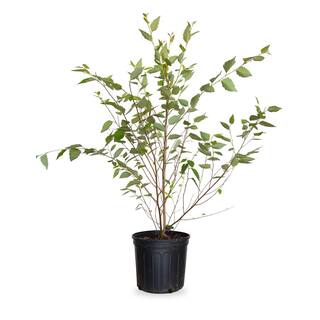
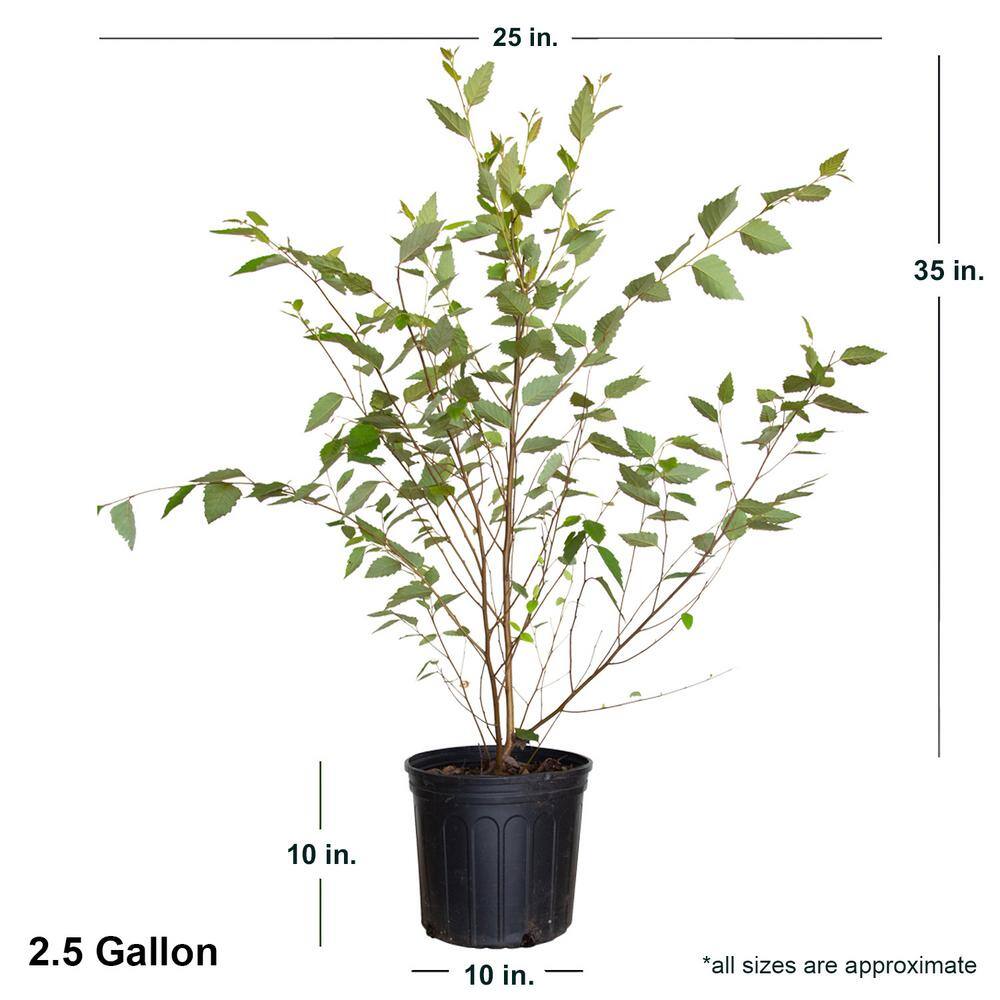
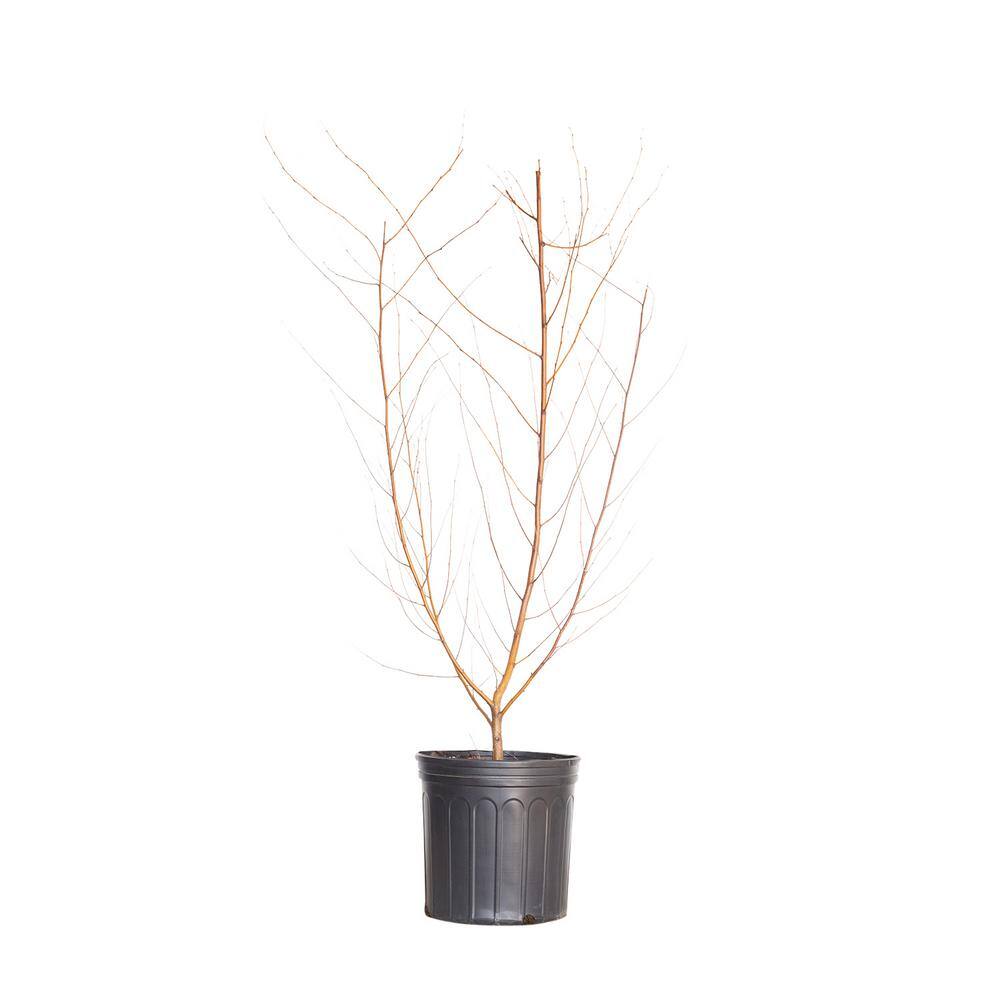

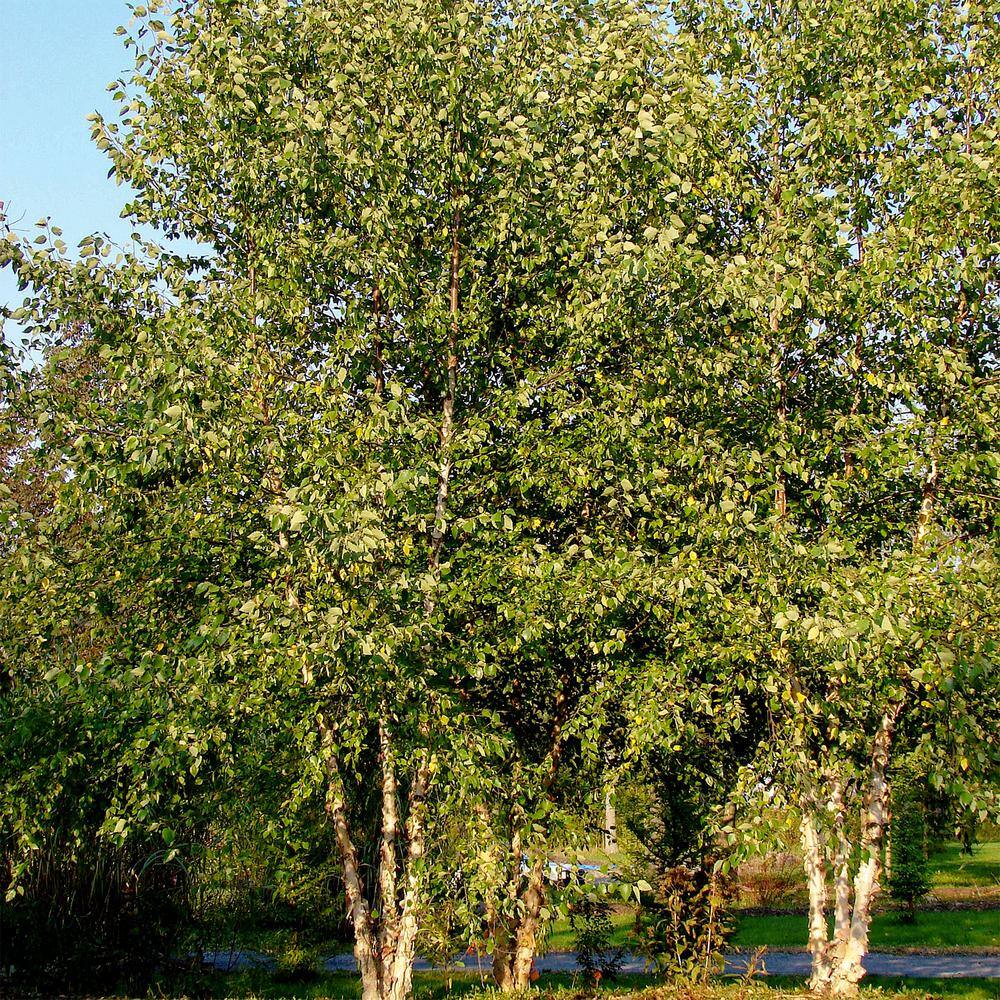
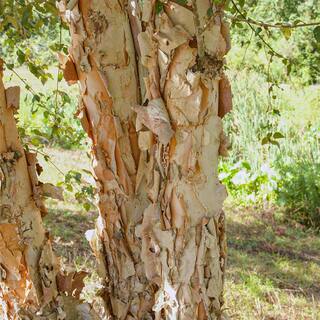


Comment